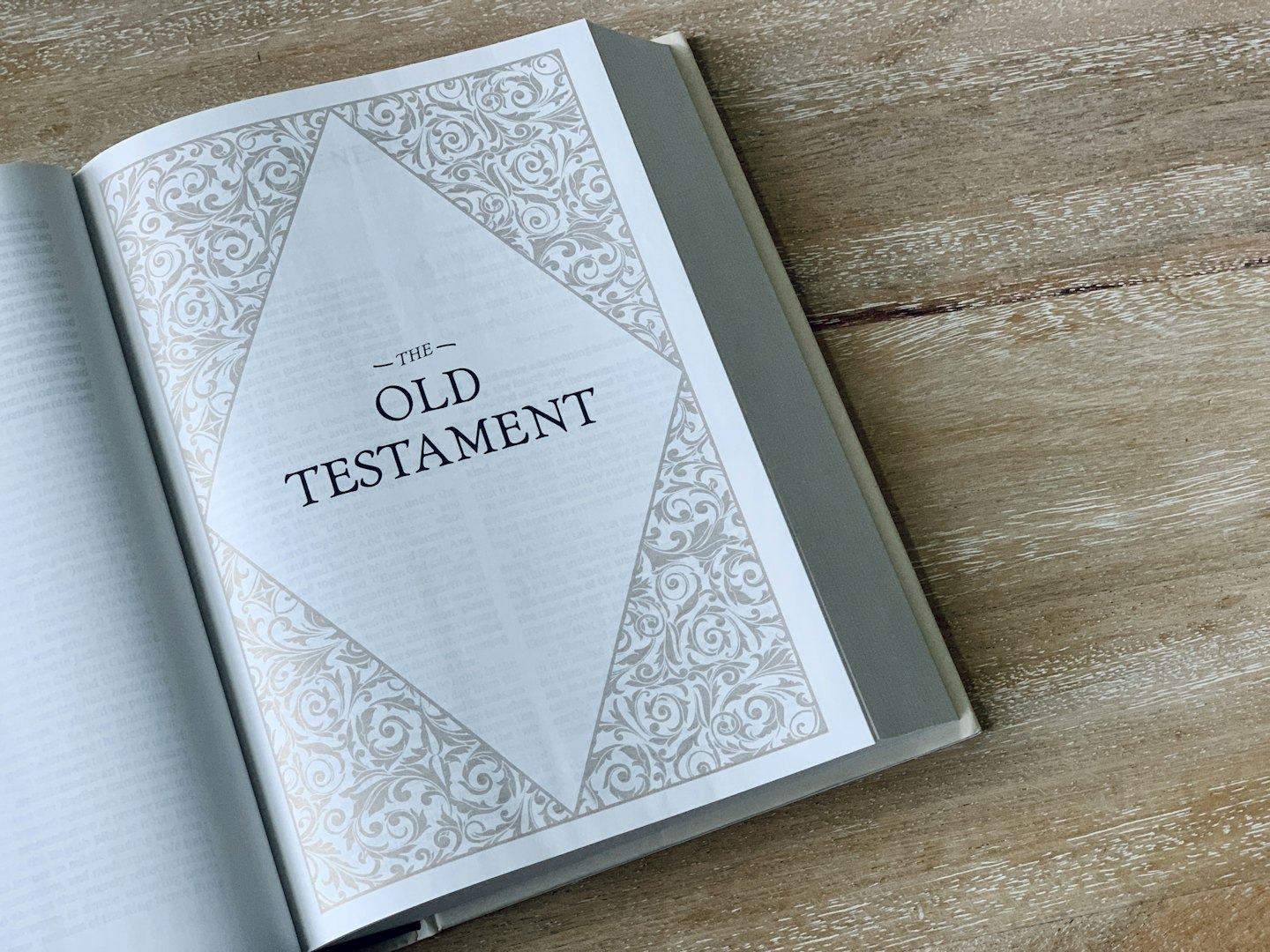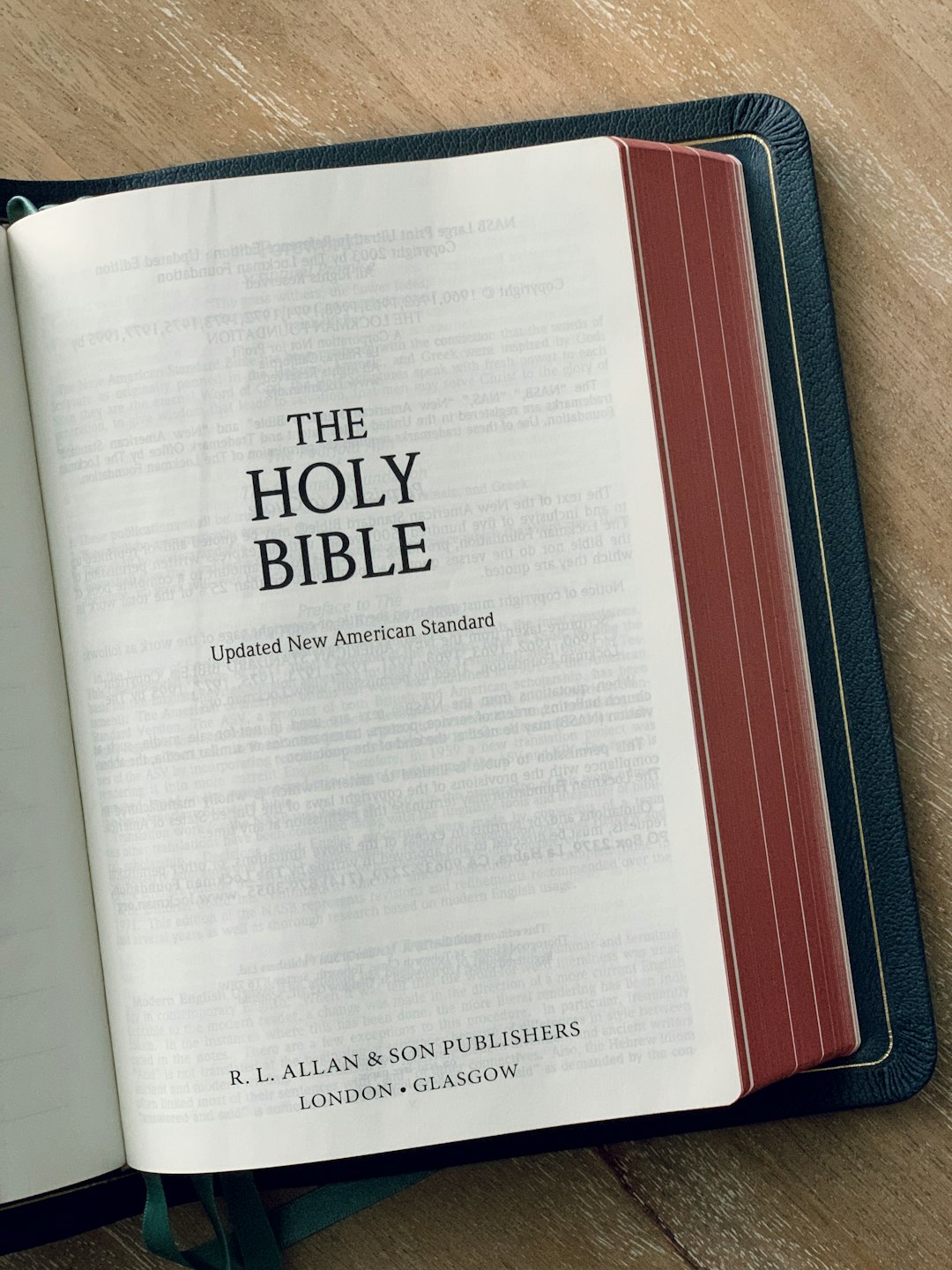The Rapture in the Bible
Discover the Truth Behind the Rapture
Dive into biblical insights and clarify common misconceptions about the Rapture and its scriptural basis.
The passage in 1 Thessalonians 4:13–18 is often at the center of the debate between whether it describes the Rapture or Jesus’ Second Coming. Let’s unpack the distinction and how this passage fits in:
📖 What the Passage Describes
- Paul speaks of Jesus descending from heaven, a loud command, the voice of an archangel, and the trumpet of God.
- Then, the dead in Christ rise first, followed by living believers being “caught up” in the clouds to meet the Lord.
This is where the term “Rapture” comes from—based on the Greek word harpazo, meaning “caught up” or “snatched away.”
🔍 Rapture vs. Second Coming: Key Differences
| Feature | Rapture | Second Coming |
|---|---|---|
| Timing | Often viewed as before the tribulation | Happens after the tribulation |
| Location | Believers meet Jesus in the air | Jesus returns to the earth |
| Audience | Believers only | All people—believers and unbelievers |
| Purpose | To gather the Church | To judge and establish His kingdom |
According to many scholars, 1 Thessalonians 4 aligns more with the Rapture because:
- Jesus doesn’t touch down on earth.
- Believers are caught up to meet Him.
- It’s described as a moment of comfort and hope2.
🧠 Why the Confusion?
Some Christians interpret this passage as part of the Second Coming, viewing the Rapture and Second Coming as one event rather than two phases. Others see it as a distinct event that precedes the tribulation and Jesus’ final return3.
So yes—it describes Jesus coming, but whether that’s the Rapture or the Second Coming depends on your theological lens. Want to explore how different denominations interpret this or how it connects to Revelation 19?
Scriptural Absence
The Rapture is never mentioned in the Bible!
Revelation 20 is a pivotal chapter that adds depth and structure to the prophetic timeline by introducing the Millennial Kingdom, the final judgment, and the ultimate defeat of evil. It builds directly on the events of Revelation 19 and expands the scope of what happens after Christ’s triumphant return. Here’s how it fits in:
🕊️ The Binding of Satan (Verses 1–3)
- An angel descends from heaven and binds Satan for 1,000 years, casting him into the abyss.
- This marks a temporary cessation of Satan’s influence—he can no longer deceive the nations.
- It sets the stage for a period of peace and righteousness under Christ’s reign.
👑 The Millennial Reign of Christ (Verses 4–6)
- Believers—especially martyrs who resisted the beast—are resurrected and reign with Christ for 1,000 years.
- This is called the “first resurrection”, and those who partake in it are blessed and holy.
- They are immune to the second death and serve as priests of God and Christ.
⚔️ Satan’s Final Rebellion (Verses 7–10)
- After the millennium, Satan is released and deceives the nations once more.
- He gathers them for a final battle—Gog and Magog—against God’s people.
- But fire from heaven consumes them, and Satan is cast into the lake of fire forever.
⚖️ The Great White Throne Judgment (Verses 11–15)
- All the dead are resurrected and stand before God.
- Books are opened—including the Book of Life—and people are judged by their deeds.
- Those not found in the Book of Life are cast into the lake of fire, which is called the second death.
🔄 How It Connects to 1 Thessalonians 4 & Revelation 19
| Passage | Focus | Connection |
|---|---|---|
| 1 Thessalonians 4 | Rapture & resurrection of believers | Aligns with the first resurrection in Rev. 20:4–6 |
| Revelation 19 | Christ’s return & defeat of beast | Leads directly into Satan’s binding in Rev. 20:1 |
| Revelation 20 | Millennium, final judgment, eternal separation | Completes the arc of redemption and justice |
Revelation 20 is the bridge between Christ’s return and the new heaven and new earth in Revelation 21. It answers the “what happens next?” question and gives us a glimpse of God’s justice, mercy, and ultimate victory.
Want to explore the different views on the Millennium—like premillennialism,
Biblical Interpretations
Examine different theological views on the Rapture and how interpretations have evolved over time.
Clarifying Misconceptions
Learn how to discern myths from biblical facts and gain clarity on what the Bible actually teaches about end times.

Explore the Truth About the Rapture
Dive into biblical references and insights clarifying the concept of the Rapture and its scriptural presence.

Rapture Origins
Understand the historical and biblical background shaping the Rapture belief.

Scriptural Analysis
Examine key Bible verses and their interpretations related to the Rapture.

Common Misconceptions
Clarify widespread misunderstandings and what the Bible really says.
Insights and Clarifications on the Rapture
Explore the biblical perspective on the Rapture, examining scripture passages and discussing its presence—or lack thereof—in the Bible.
Discover why the concept of the Rapture is debated, supported by scripture references and theological insight.

Scriptural Analysis
Biblical Scholarship Overview
A thorough examination of key verses reveals the complexity behind Rapture teachings and interpretations.

Theological Perspectives
Expert Commentary
Gain deeper understanding of how different traditions view the concept of the Rapture within biblical context.

Common Misconceptions
Clarifying Biblical Teachings
